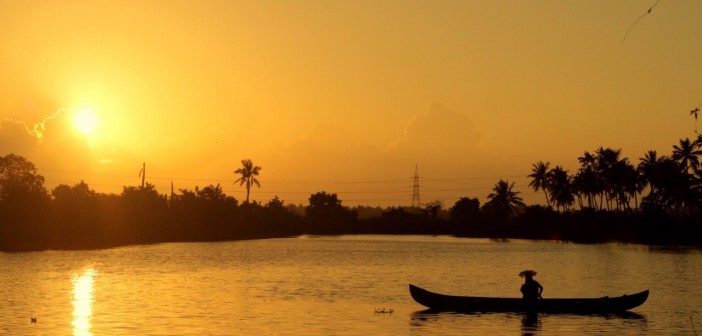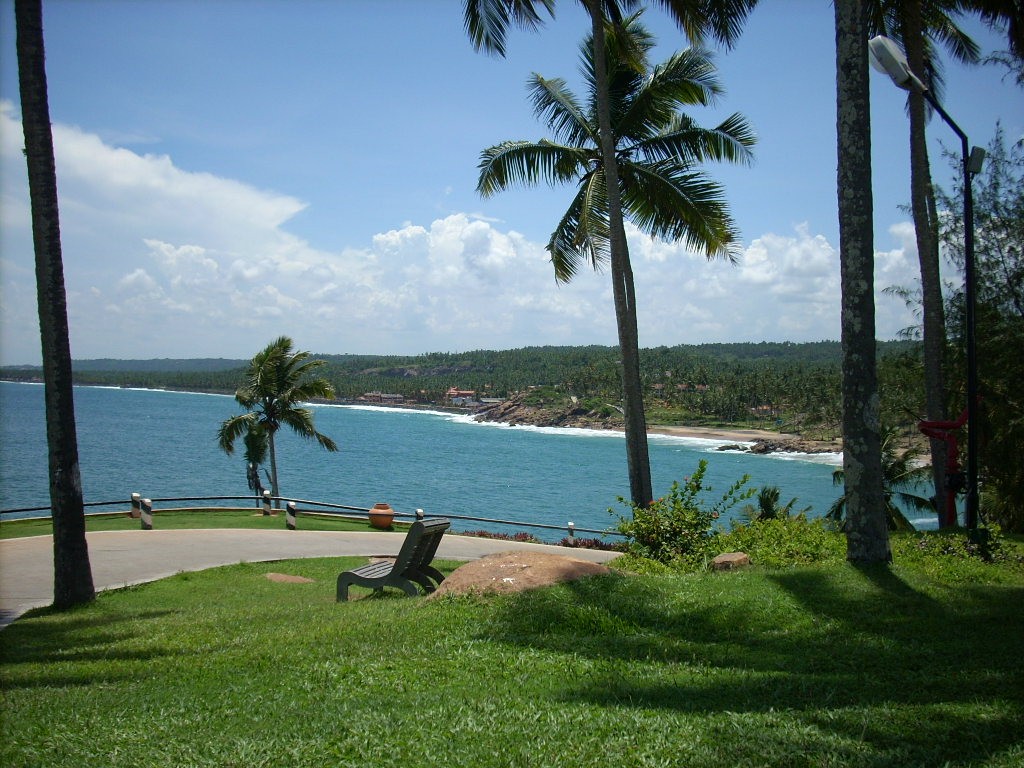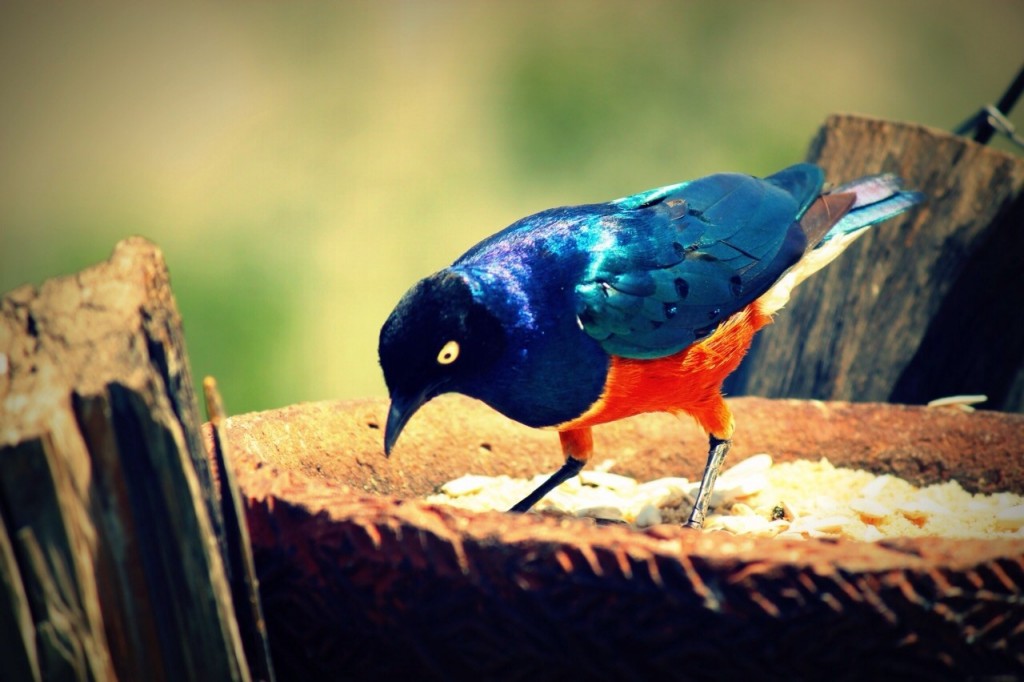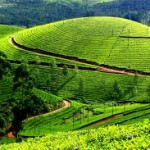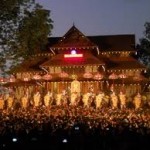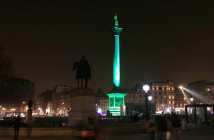Kerala has the essence of what every traveler looks for: serendipity. From the backwaters to the hills, from calmness to turbulence, from serenity to engrossing chaos. From Trivandrum and it’s endless beaches in the south to Wayanad’s mountain ranges in the north, this article will take you on a compelling journey across South Indian culture.
Exploring South India
Thiruvananthapuram (Trivandrum) is the beach capital of Kerala. Surrounded by Arabian Sea in the west and Tamil Nadu in the east the city is built above seven low hills thus making it a beguiling spot. Named after Lord Vishnu, the hill stations, beaches, and wildlife sanctuaries have made this place a popular tourism platform where visitors can sit back and unwind.
Sree Padmanabhaswamy temple is a vital attraction for the city. The temple has a blend of both Kerala and a Dravidian style of architecture; the deity in the temple is reclining on Anantha, the hooded serpent. The place is one among the Divya Desams (holiest abodes) of the Vishnu, as mentioned in the works of Tamil saints. The idol has 12,008 salagramams (the stone of MahaVishnu), which were bought all the way from Nepal.
The Kovalam beach is internationally renowned and famous among visiting Europeans since the 1930s. The South Indian sun is famous for providing a plush, coppery skin tan in just a mere moment. The diverse options on the beach also give tourists the space for everything, right from body massages to different cultural programs.
Amongst the pleasantries, the immediate area also boasts the Napier museum, Sree Chithra Art Gallery, Padmanabhapuram palace, Ponmudi hill station etc. Kerala’s beach capital remains a venue of eye-dropping shorelines and numerous cultural opportunities.
Boat race and tapioca special: Aleppey
Alappuzha (Aleppey), known as the “Venice of the East,” is famous for its exotic beauty of its backwaters. The large expanse of the coconut groves, leisure house boats, morass of lakes, rivers and lagoons appear like an image from a perfect imagination.
The annual boat race is of course a major tourist attraction; thousands of tourists gather here to get a glimpse of the famous boating event. Completely unmissable.
Along the vast stretch of shores, the Alappuzha beach is a classy yet sandy affair. With the lighthouse and the pier the beach has always basked in the rich maritime history of Kerala.
Alappuzha is also a place to try mouthwatering, sumptuous food. The traditional Keralite taste gets its life in this region. The steamed up tapioca combined with fish curry gives the tourists a rich essence of the vicinity.
Allepey is also home to the Mullakal Bhagavathy Temple, Mannarasala Temple, Paathiramanal (the island in the Vemabanad Lake), Karumadi Kuttan (a black granite figure of Buddha), Krishnapuram palace. Whatever your taste, Alappuzha’s reputation as “the Venice of the East” is well intact.
The cultural capital: Thrissur
Thrissur, the cultural capital of Kerala, is better known for the glorious Thrissur Pooram festival. The Pooram is sure a treat to the eyes, with its 14 elephants and rigid traditions. The Athirapally waterfall in Vazhachal is an added gem in the crown for this place.
Munnar, the famous hill station, can also be found here. Located in a conflux of three hills—Mudrapuzha, Nallathanni and Kundala—(which are all 1,600 meters above the sea level), was once the summer resort for the British in South India.
Munnar receives and added beauty when the flower Neelakurinji (Blue flower) blooms. Only blooming once every 12 years, the venue turns into a vast expanse of paradise.
Famous for tea plantation, the Tea Estate contains a large expanse of greenery and gives tourists a postcard view. Thrissur is also hom to Eravikulam National Park. Spread across an area of 97 square kilometers the park houses endangered species, the Nilgiri Tahr. The Anamudi peak (the highest peak in South India) is also located inside the national park. At 2,695 meters the peak contains elephants and a diverse range of flowers. Trekking to Munnar is yet another extravagant experience and highly recommended.
Connecting Kerala and Tamil Nadu forever: Palakkad
Palakkad (Palghat), usually referred to as the granary of the state, acts as a bridge between Kerala and Tamil Nadu. Deriving its name from Paala (Alstonia Scholaris, or Indian devil tree) and kaadu (forest), the beautiful stretch of Paala trees leave onlookers with a sweet smell of its scented flowers.
Palakkad Fort is not to be missed. Resting along the Sahyadri ranges of Western Ghats and in the heart of the town, the fort can trace it’s routes back to Hyder Ali (the emperor of Mysore provinces), in 1766. It has received sound maintenance treatment over the years and retains it’s strong tale of valor.
Surrounded by breathtaking scenery, the Malampuzha Dam is nurtured from the River Bharatapuzha (the longest river in the state).The major attraction here is the rock garden and the statue of Yakshi (an enchantress) sculpted by the famous sculpturer, Kanai Kunhiraman. The mountain ranges let the tourists swim in solitude.
Tempted? Well in addition to Palakkad’s blend of Tamil and Malayali culture, the district also can claim global recognition with the majority of India’s most successful musicians heralding from here.
Land of Illusion or Land of Paddy, Wayanad steals hearts
Wayanad, often labelled the most beautiful town in ‘God’s Own Country’, tourists delight at the most extravagant views. With luxurious mountain ranges and forests, the place really is something to behold.
Originally known as Mayakshetra, (the Land of Illusion), the name eventually evolved to Vayal Naadu (the Land of Paddy), due to its enormous cultivation.
Trekking here is organized in such a way that the view gets wider with each layer, and by the time one reaches the Chembara peak (2,100 metres), it throws open the whole of Wayanad in the most intoxicating way.
Pakshipathalam, another intriguing peak, is located deep in the forest of Brahmagiri hills. At a height of more than 1,700 meters above the sea level, to reach the place, a 7-kilometer trek is required. As the place is home to a vast number of mountain ranges, there are many picturesque waterfalls in the areas. Both Meenmutty and Chethalayam attract people from all over. Wayanad is also home predominantly to large rocks and deep caves. These caves contain a diverse range of birds, animals and distinctive species of plants.
Kerala proudly holds its culture close to home and strives to bring out every aspect of its beauty, to give its visitors the most unforgettable experience they could have.
- A view of the Munnar tea estate – Credits: Ben John
- The famous house boat in Alleppy – Credits: Wesly Oslon
- The Thrissur Pooram – Credits: Monoj.k
If you like this article you may be interested in “India Introduces Women-Only Building Sites”.


